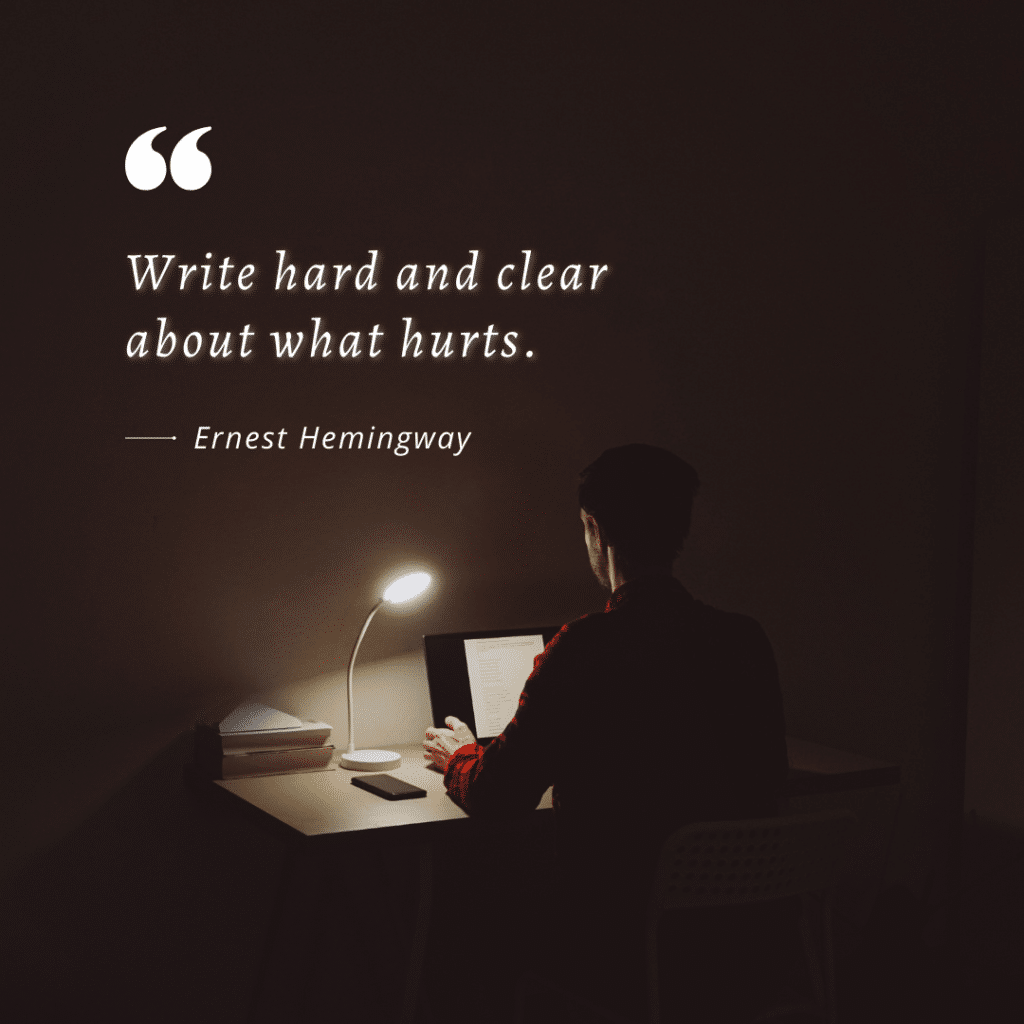Overview: The Quiet "I Can't"
There’s something you want — something that really matters — but if you’re honest, part of you doesn’t think it’s possible.
You tell yourself you’re working toward it… but deep down, you’re braced for disappointment.
You keep going through the motions, but each step forward carries a quiet voice whispering: “What if this doesn’t work? What if I’m not enough?”
You don’t stop dreaming.
You just stop feeling like your dreams are meant for you.



